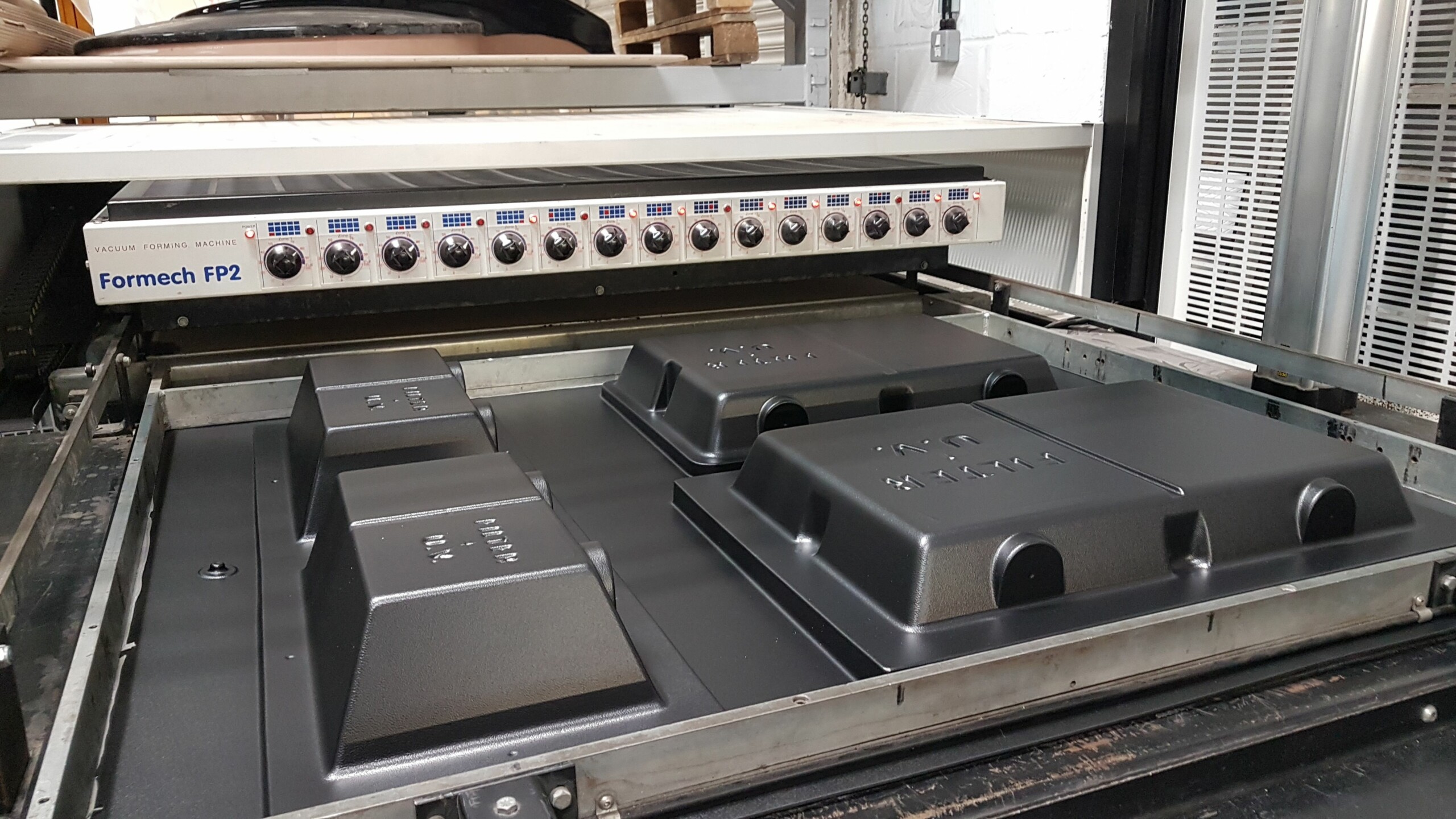The Basics of Vacuum Forming
The Basics of Vacuum Forming
Blog Article

One of the most common plastic fabrication methods, Vacuum Forming Vacuum forming is used to create various products by using heat and vacuum suction to shape thermoplastic materials over molds.
Vacuum Forming Procedure
The process initiates with a polymer sheet being heated until it reaches the required forming temperature. Once the material is ready, it is draped over a mold, and a vacuum is applied to pull the material tightly over the mold, achieving the intended shape.
Once molded, the formed part is set aside to cool before cutting the excess plastic. The final product is then cut to remove unwanted material and finished for distribution.
Where Vacuum Forming is Used
This technique is widely used in diverse industries, including medical, to produce tailor-made components. Some typical products made using vacuum forming include:
- Car dashboards
- Blister packs
- Healthcare packaging
- Retail displays
Why Choose Vacuum Forming?
One of the biggest advantages of vacuum forming is its cost-effectiveness. Other notable benefits include:
- Quick turnaround
- Affordable molds
- Versatile applications
- Durability
Conclusion
Vacuum forming is a versatile process that enables the creation of high-quality plastic products at a low cost.
Report this page